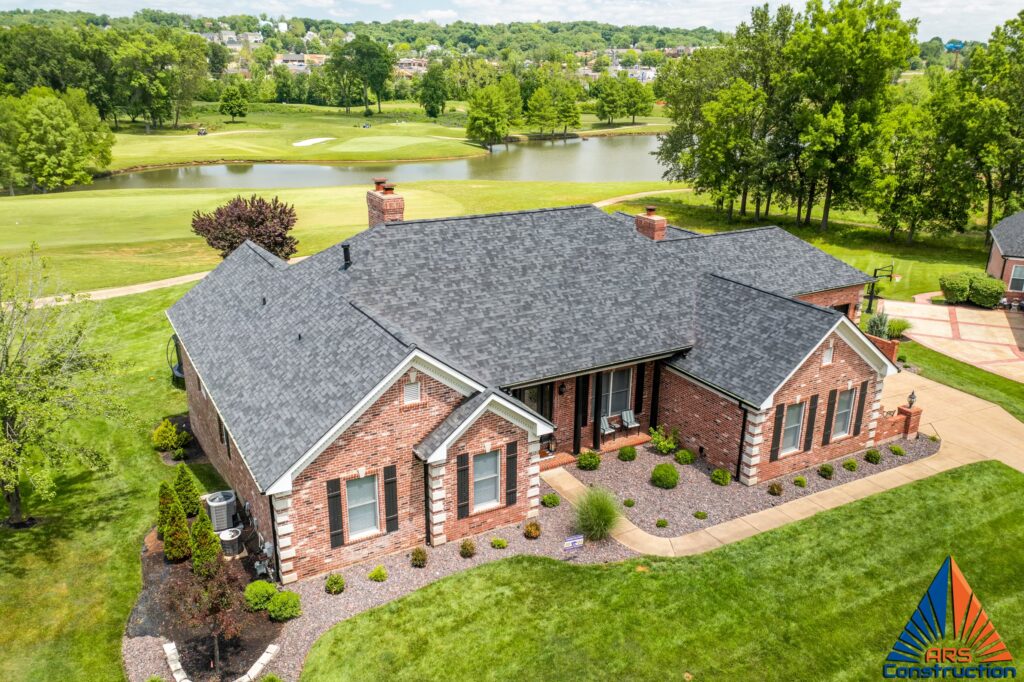
When nature unleashes its fury, it can leave a devastating impact on our homes. Storms, with their strong winds, hail, and heavy rain, often cause extensive damage to roofs and other parts of houses. For homeowners in the Greater St. Louis area, it’s crucial to understand the importance of prompt storm damage repair and roofing replacement to safeguard their homes and restore them to their former glory.
In this blog post, we will explore the key considerations for storm damage repair and roofing replacement in the Greater St. Louis area, highlighting the steps involved in the process and offering valuable insights to help homeowners make informed decisions.
- Assessing the Damage:
Following a severe storm, it is vital to conduct a thorough assessment of your property to determine the extent of the damage. While it might be tempting to inspect the damage yourself, it’s advisable to engage professional roofing contractors who possess the necessary expertise and equipment for a comprehensive evaluation.
- Choosing a Reliable Contractor:
Selecting a reputable contractor is crucial for a successful storm damage repair and roofing replacement project. Look for local contractors in the Greater St. Louis area with a solid track record and positive customer reviews. Verify that they are licensed, insured, and experienced in handling storm-related repairs. A reputable contractor will provide a detailed estimate and explain the repair process, ensuring you have a clear understanding of the work that needs to be done.
- Insurance Considerations:
Contact your insurance provider as soon as possible to report the storm damage and initiate the claims process. Familiarize yourself with your insurance policy and understand the coverage and deductibles. Document the damage by taking photographs and keeping records of any temporary repairs made to prevent further damage. Your chosen contractor can assist you in navigating the insurance claims process and provide necessary documentation.
- Temporary Repairs:
While waiting for the roofing replacement, it is essential to undertake temporary repairs to prevent further damage or water infiltration. Your contractor can help secure the damaged areas, such as tarping or boarding up any exposed areas, until permanent repairs can be made.
- Roofing Replacement:
Roofing replacement is often necessary after severe storm damage. Discuss the various roofing material options with your contractor, considering factors such as durability, aesthetics, and weather resistance. In the Greater St. Louis area, where storms are not uncommon, impact-resistant materials, such as metal or asphalt shingles designed to withstand high winds and hail, are often recommended. Work with your contractor to select the most suitable roofing material for your home.
- Post-Replacement Inspection and Maintenance:
After the roofing replacement is complete, it is essential to conduct a thorough inspection to ensure the work has been done to your satisfaction. Check for any remaining issues and make sure the contractor has followed the agreed-upon specifications. Additionally, discuss the maintenance requirements with your contractor to ensure the longevity of your new roof. Regular inspections and maintenance will help identify any potential issues early on and prevent future damage.
Conclusion:
Storm damage repair and roofing replacement in the Greater St. Louis area require prompt action and attention to detail. By assessing the damage, selecting a reliable contractor, understanding insurance considerations, undertaking temporary repairs, and making informed decisions about roofing materials, homeowners can restore their homes to their pre-storm condition.
Remember, the key to successful storm damage repair and roofing replacement lies in engaging experienced professionals who can guide you through the process and ensure your home is protected from future storms. Don’t delay in taking action and safeguarding your most valuable asset – your home.

